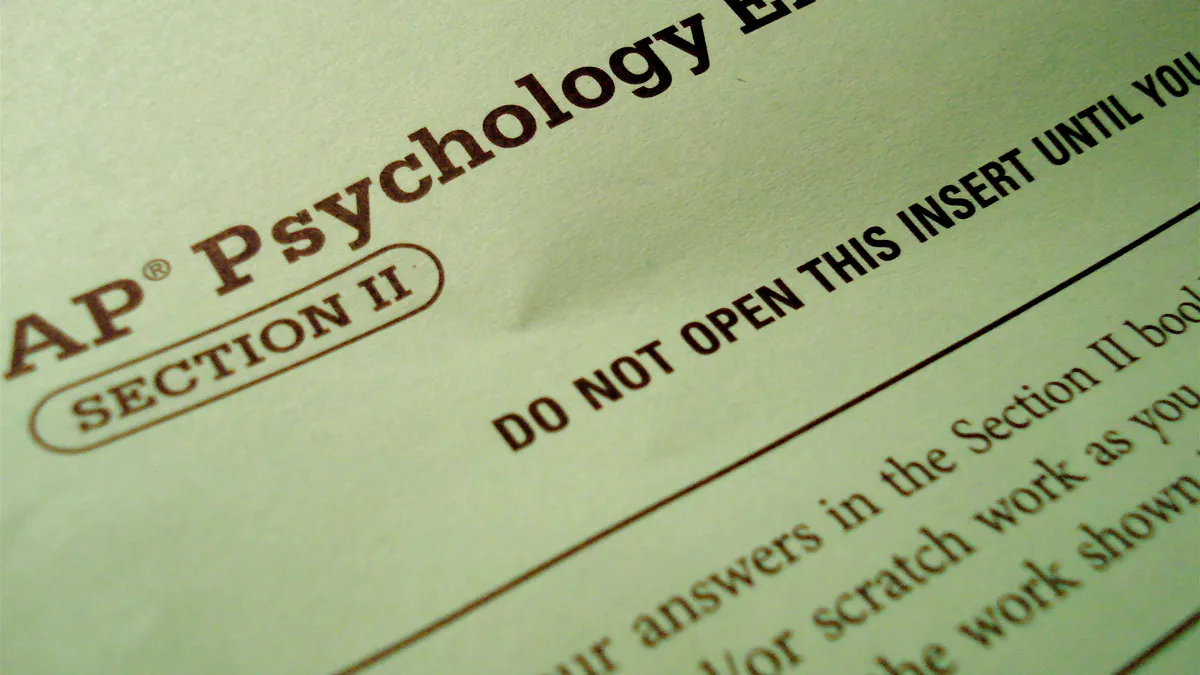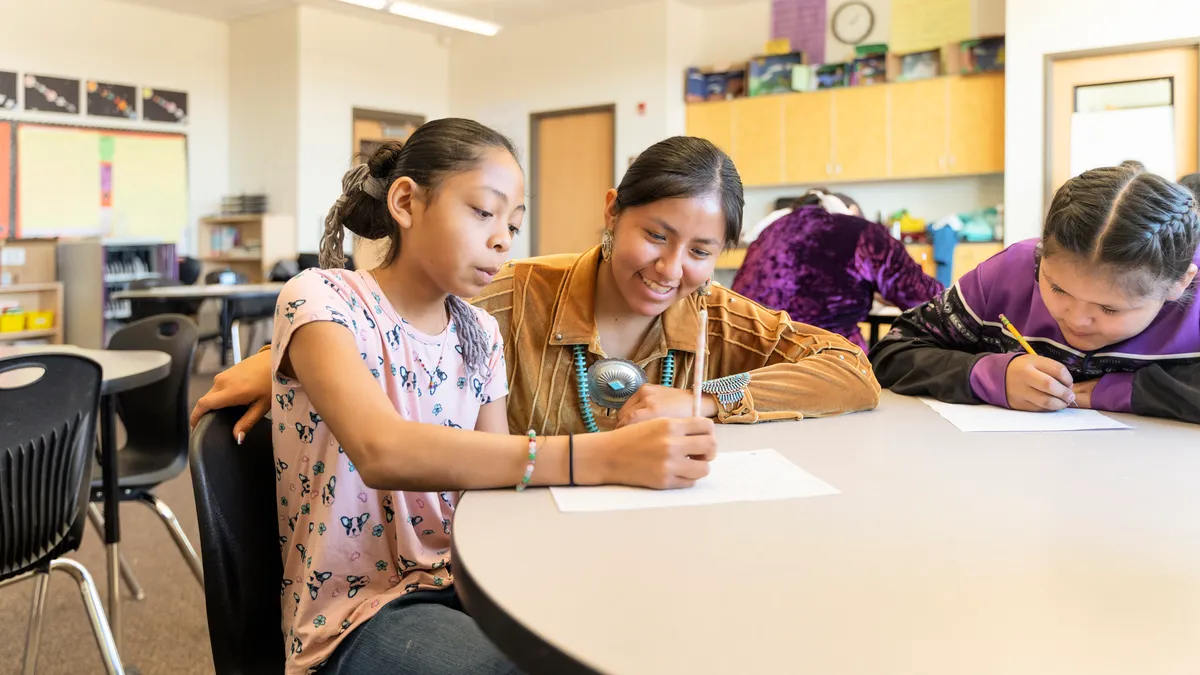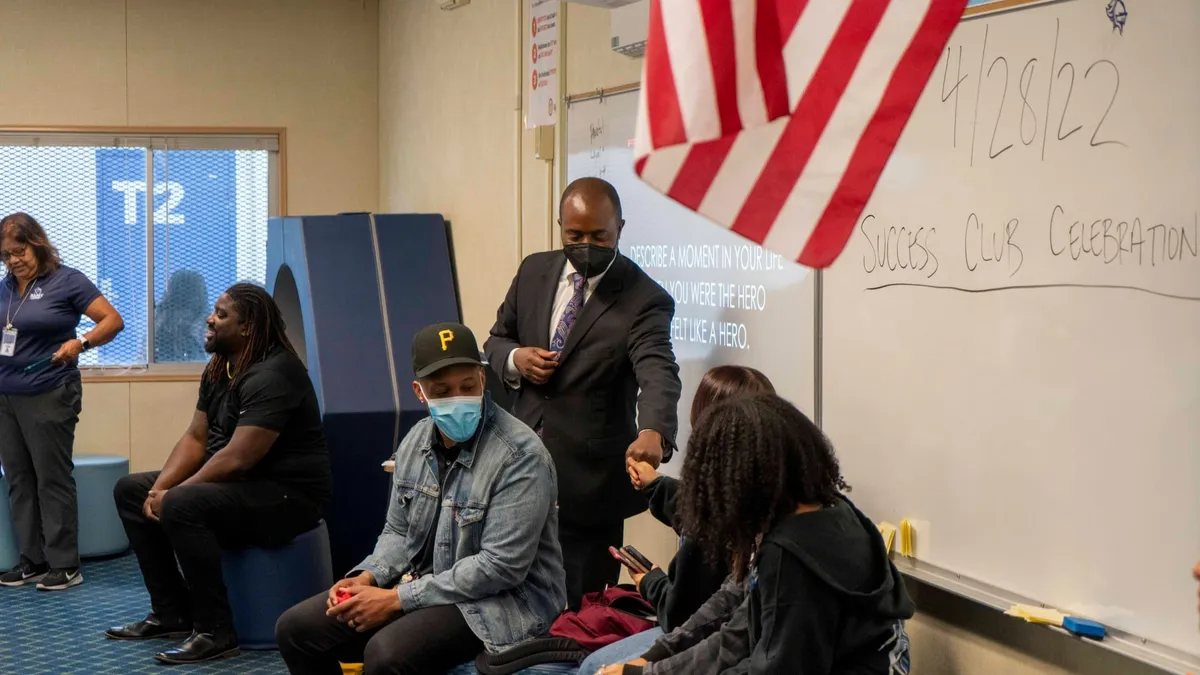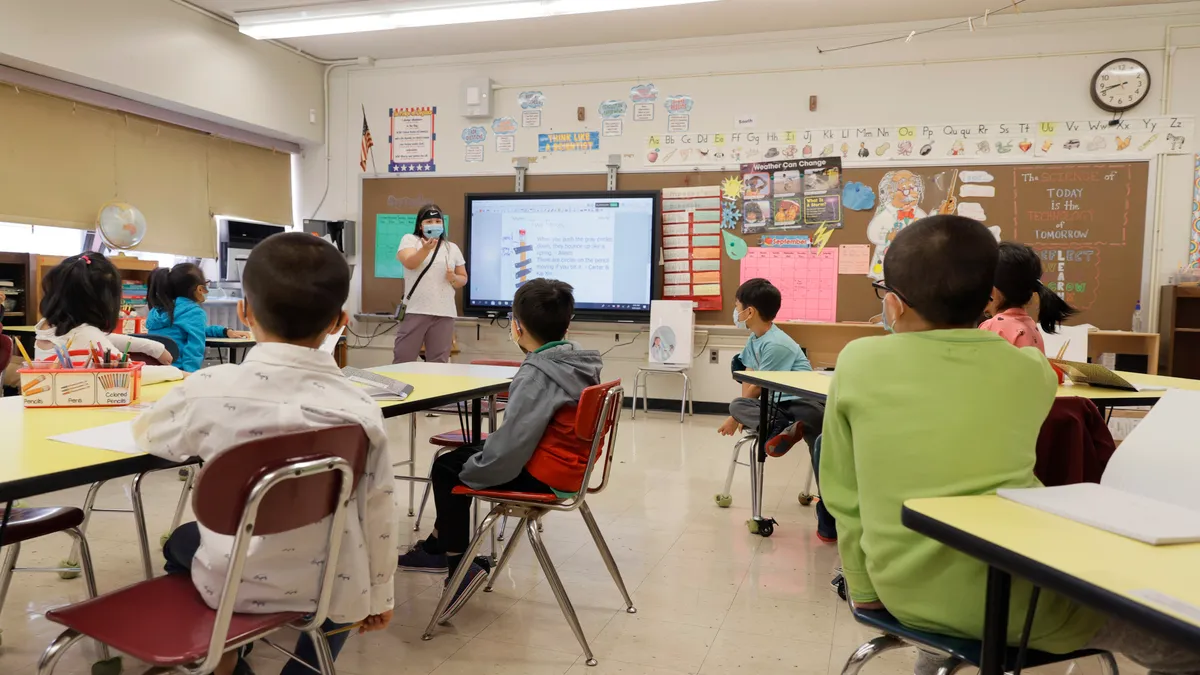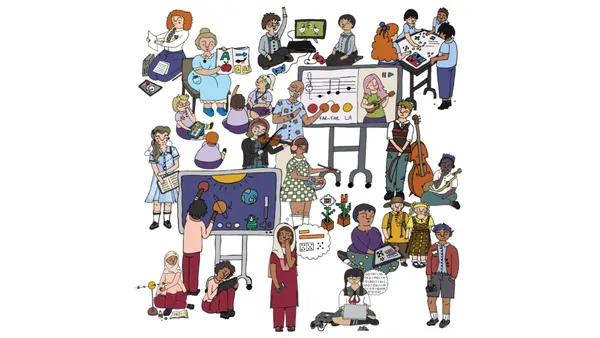This article is part of a special project on whether school report cards include data on students' postsecondary experiences.
When Gil Compton was a principal at Chaparral High School in Temecula, California, he would use PTSA meetings or “coffee with the principal” gatherings to share information on what the school’s graduates were doing after high school.
How many were being accepted to schools in the state’s two university systems? Were students who completed career and technical education courses choosing to pursue college? Were students who said they planned to go to college succumbing to the "summer melt" phenomenon?
As a subscriber to StudentTracker for High Schools — a product of National Student Clearinghouse — Compton could answer those types of questions.
For the most part, the data was “affirming,” he says, but adds the reports also showed where improvements could be made. The staff learned, for example, they needed to increase participation in Advanced Placement courses so students would have a better chance at getting into their preferred colleges.
Over time, the rate at which students were completing the course requirements qualifying them for admission to the University of California or California State University also increased from about 50% to 74%.
The purpose of analyzing and sharing the data, says Compton — now director of college and career readiness for the Riverside County Office of Education — was “not to talk slower and louder to our kids,” but to provide additional opportunities that would prepare them for postsecondary education.
Roughly 13,000 high schools across the country are signed up to receive StudentTracker reports on their own schools, according to NSC. The company received support from the Bill and Melinda Gates Foundation to build the tool. But it’s not necessarily common for school and district leaders to make that data part of conversations with parents and other community members.
“This does not appear to be happening in a very direct sense, from what we’ve seen,” says Zeke Perez Jr., a policy analyst with the Education Commission of the States.
In a recent interview, Michele Gralak, a business analyst with NSC, suggested it’s “unique” for K-12 leaders to make changes at their schools based on their results.
And in a recent survey from the RAND Corp., 54% of principals said they had no access to data on the rates at which students were enrolling in remedial classes in college — and far fewer knew whether individual students were enrolling in remedial courses. About a third responded they didn’t know application rates for financial aid, and more than half didn’t know whether the graduates from their schools completed a college degree.
“With only school-level data, principals cannot measure how well their schools’ education serves disadvantaged subgroups in college, and it is important to understand both overall and subgroup-specific outcomes,” the authors wrote.
While more than half of the states now include postsecondary enrollment rates on school report cards, 16 of those don’t include disaggregated data so educators can see which groups of students are more likely to enroll in a two- or four-year school, for example, or go into the military.
And in the interview, Gralak noted just 20% of high schools that subscribe to StudentTracker submit detailed data on race/ethnicity, gender, the types of courses students took in high school and other data that would be more useful for school leaders, counselors, parents and community-based organizations.
Not just a high school measure
As efforts increase to make college more accessible for students who typically face barriers to higher education, determining whether those initiatives are effective is important information for both K-12 and higher education leaders, experts say.
When researchers at the Pullias Center for Higher Education at the University of Southern California wanted to know whether their "Mission: Admission" game was resulting in more students completing financial aid forms and college applications, they found there was wide variability across schools and districts in the type of college enrollment data collected.
One school staff member told them: “I don’t track, I just don’t. I am not good at keeping in touch with people in general and I don’t really use Facebook and all that kind of stuff.”
In a 2018 paper on the topic, the researchers listed some of the obstacles they faced, such as students who opt not to share their data under the Family Educational Rights and Privacy Act (FERPA), a lack of staff members who follow up with students over the summer after graduation, and others who struggle to adapt to new technology and software.
Other examples of schools sharing StudentTracker data with the public include Ridge High School in Basking Ridge, New Jersey, which last year shared with school board members the percentages of graduates from recent years still enrolled in college and the percentages from earlier years graduating from college in four years or less.
A school in Chattanooga, Tennessee, uses the StudentTracker tool to help students apply to colleges where they are more likely to be successful.
And since 2014, Virginia Beach City Public Schools has been creating a document for the public summarizing what it learns from StudentTracker. The data sparks discussions for district leaders and high school principals “regarding access to and preparation for college,” says Chief Schools Officer Don Robertson. And it “informs our principals’ decision making at their schools.”
The report also goes beyond what members of the public can view on the school’s report card, providing, for example, the percentage of graduates earning a college degree within six years and how degree attainment rates have changed over time.
Compton, in Riverside, notes high school principals aren’t the only ones who should make use of StudentTracker.
“We can look back to 4th grade reading scores and determine pathways. By 6th grade, we can know how far they are going to go,” he says. “This is not a singular high school performance measure.”








